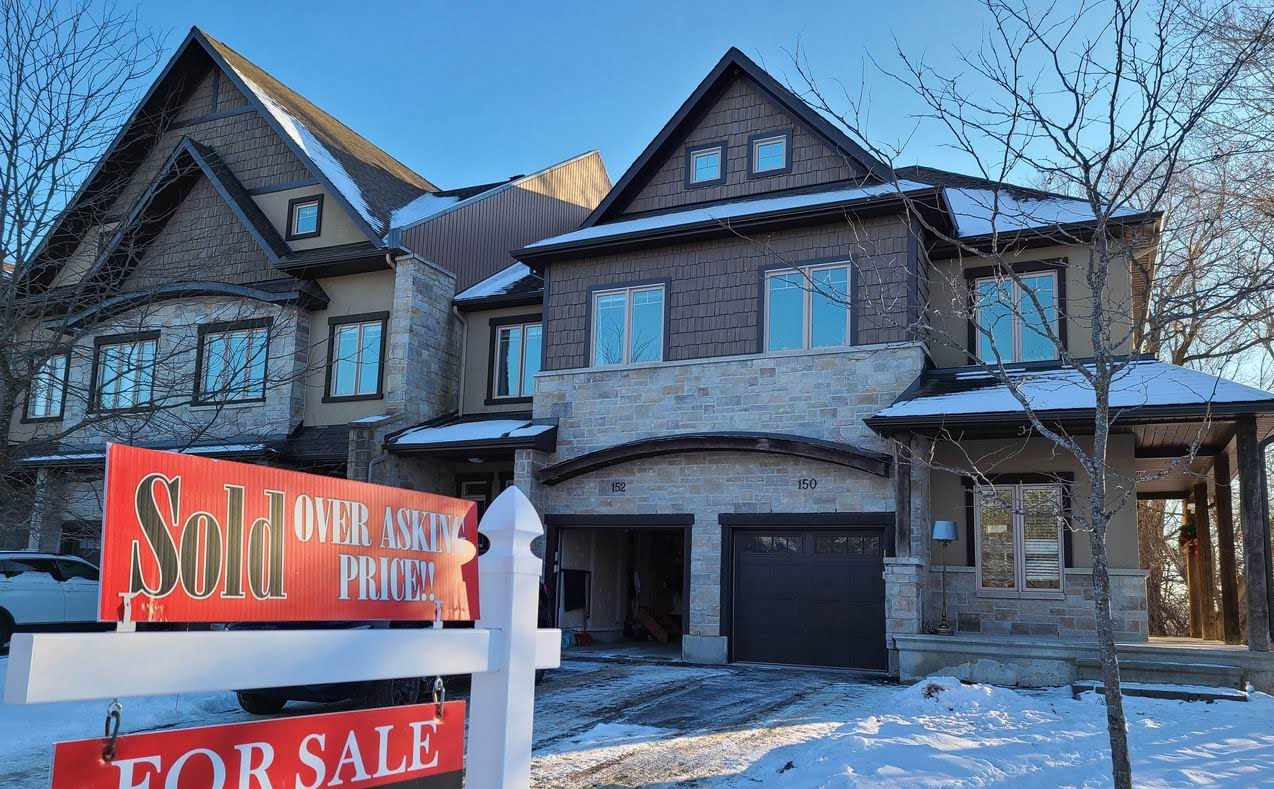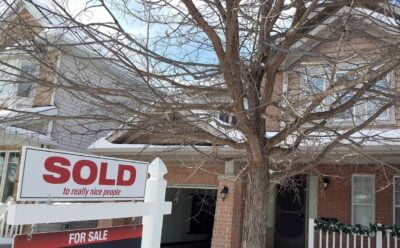What should we expect for the 2022 Ottawa housing market?
It’s no surprise that Ottawa’s market has been abnormally active over the last few years. But in determining what to expect this year, there is value in reflecting back and digesting the magnitude of the situation.
A comment I often hear is: “The market is so hot; there’s no way this will continue next year.” Really? The simple principle of supply and demand may suggest otherwise. Supply, of course, is the new residential housing properties coming to market, be it new construction or resale properties. And demand is the number of buyers ready to absorb this inventory. To really understand and make an educated assumption on this point, let’s dive into the numbers:
As of December 2021, there were 483 active residential properties for sale within the City of Ottawa, based on data from the Ottawa Real Estate Board. To provide some context, in December 2019, available inventory was 843, while in December 2017 there were 2,018 properties available.
To compound things, this past December capped a very active sales year with well over 15,000 units sold. That was a modest seven per cent increase from 2020 but an overall 17 per cent increase from 2017.
So, how does that relate to the current market?
The supply of homes
Supply chain issues and how they have caused inflation in the market have been a topic of conversation throughout the pandemic. Real estate is no exception, although the product is hyper local and we are, in most cases, not waiting for homes to be shipped from overseas.
New construction homes have always played an important role in the local housing market inventory. But builder output in the last few years has been tremendously crippled by the effects of the pandemic.
Whether it be the lack of skilled labour, rising raw material costs or increased timeframes for planning and approvals, the ability developers once had to bring product to market has been diminished. This puts pressure on the existing residential (or resale) market to step in and produce inventory.
Here is the problem: Many homeowners are simply not willing to add their home to the marketplace without first finding a suitable home to move into.
The supply issue is not going to be solved in the short term. In fact, a recent report by Smart Prosperity Institute indicated the City of Ottawa will require 82,409 new households (made up of 17,651 high-rise apartment units and 64,758 row-towns, single-family homes and other ground-level housing options) to keep pace with the projected population growth over the next 10 years.
Then there’s the demand
The available housing supply is countered by the demand from buyers. Relatively cheap interest rates and the availability of mortgage funds have partially contributed to the current demand. While there are many other factors that play a role in bringing more buyers off the sidelines, here are the three most important ones I believe are keeping buyers active in the market:
- Population growth: The Smart Prosperity Institute predicts population growth in Ottawa to exceed 190,000 people over the next 10 years. They are and will be looking for housing.
- Economy: The last few years have been challenging for economic markets. Real estate has been a haven for many seeking to preserve capital and take advantage of equity growth patterns that real estate provides.
- Changing needs: Many are making the decision that their current property no longer meets their needs. This has always been a factor in the real estate market, from first-timers to downsizers to cottage buyers. The problem is that the numbers with which we are seeing people make these decisions are quite staggering and unusual for the industry.
What’s in store for 2022
So, as we look again at the shockingly low 483 available homes on the market to end 2021, I predict 2022 will see the same wild ride we have been on for some time.
The root cause of all of this continues to be a supply and demand issue, one that we have been tracking since 2017, when the first significant drops in available inventory were recorded. Buyer demand continues to be prevalent in high numbers, with little indication of anything cooling in the short term.
The reality we may need to face for the foreseeable future is that there are just more buyers in the marketplace today than there were in past years.
Finally, supply continues to be a considerable factor. There is a staggering number of homes needed to meet population demands over the next 10 years. Without a constant supply of new homes to satisfy this number, we will likely be playing a game of catch-up for some time.
Developers and builders have been able to adapt in the short term to keep much-needed inventory coming to market, but the output and targets have been marked down significantly from what they could be and will likely stay that way until key shortages and material and labour costs can stabilize.
So, in response to the comment: “The market is so hot; there’s no way this will continue next year,” I say, yes, it will.
In the absence of any considerable changes that affect supply or demand, we will continue down the path we started on in 2017. The pandemic, while possibly playing a role in accelerating some of this demand, is not the deciding factor in ending its current trajectory.



